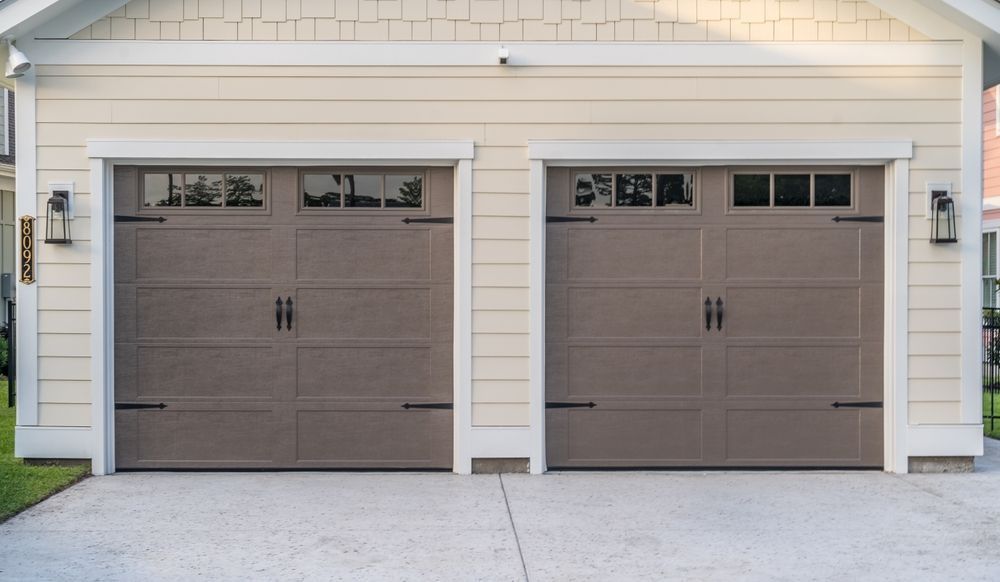Torsion Springs vs. Extension Springs: The Ins & Outs
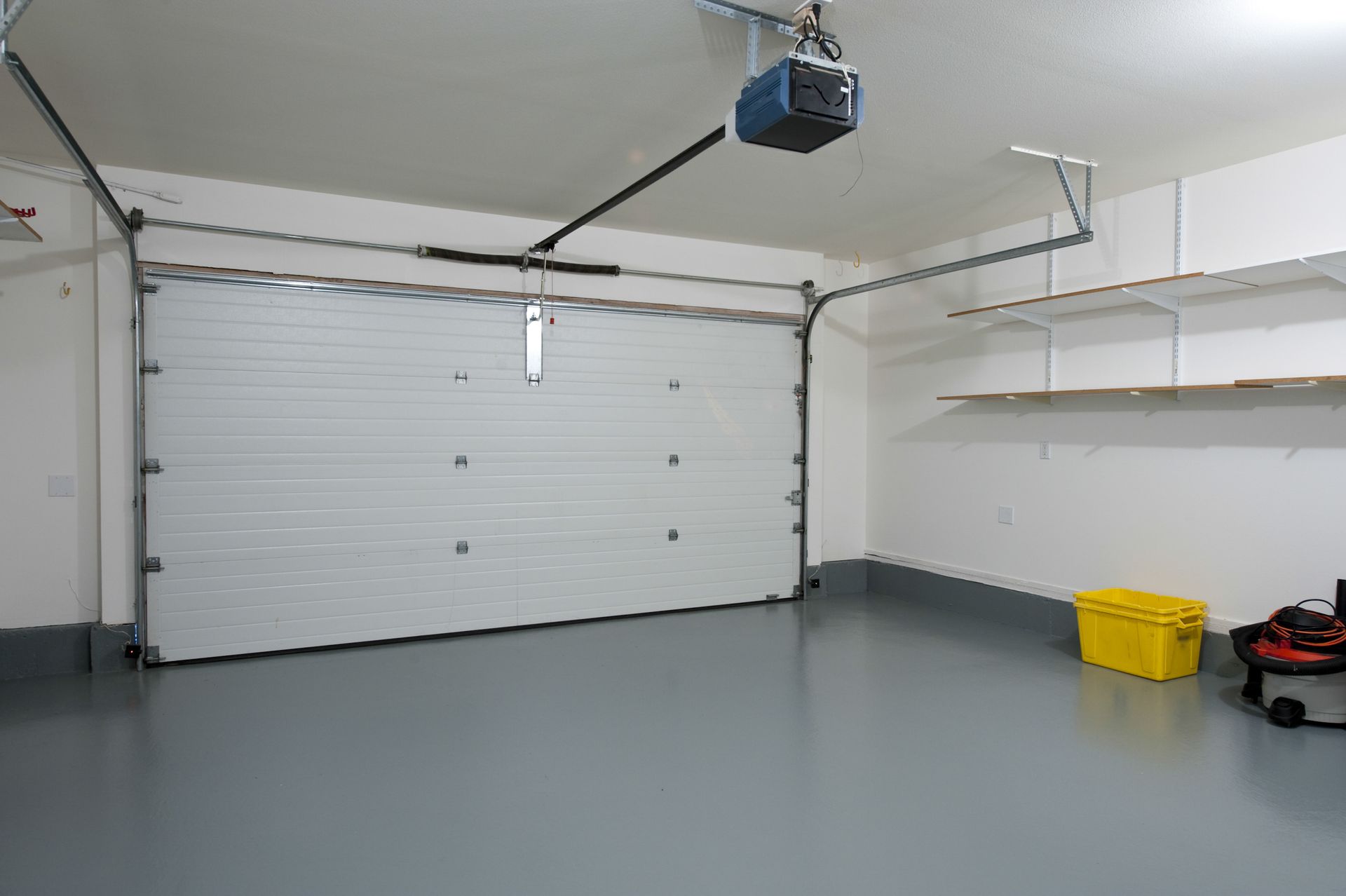
Garage doors are extremely heavy. Depending upon the size and type of material used, the actual garage door itself can weigh anywhere between 90 to 150 pounds. Sometimes, for extremely large garages, such as double-car garages or commercial buildings, the door can weigh 350 pounds or more.
So, that raises the question: why - when you open and close a garage door - doesn't it feel like you are lifting or pulling such a heavy object? That is because of the springs.
Garage door springs are uniquely designed to help counterbalance the weight of the garage door. Without them, it would be nearly impossible to open or close the garage door because you would be lifting or pulling such a heavy object.
Two types of garage door springs are used for garage doors: torsion springs and extension springs. Each of these types of springs have one thing in common. They provide the necessary counterbalance needed to easily open or close the door. However, where they differ is in their design.
Let's take a closer look at how torsion springs and extension springs work.
What are Torsion Springs?
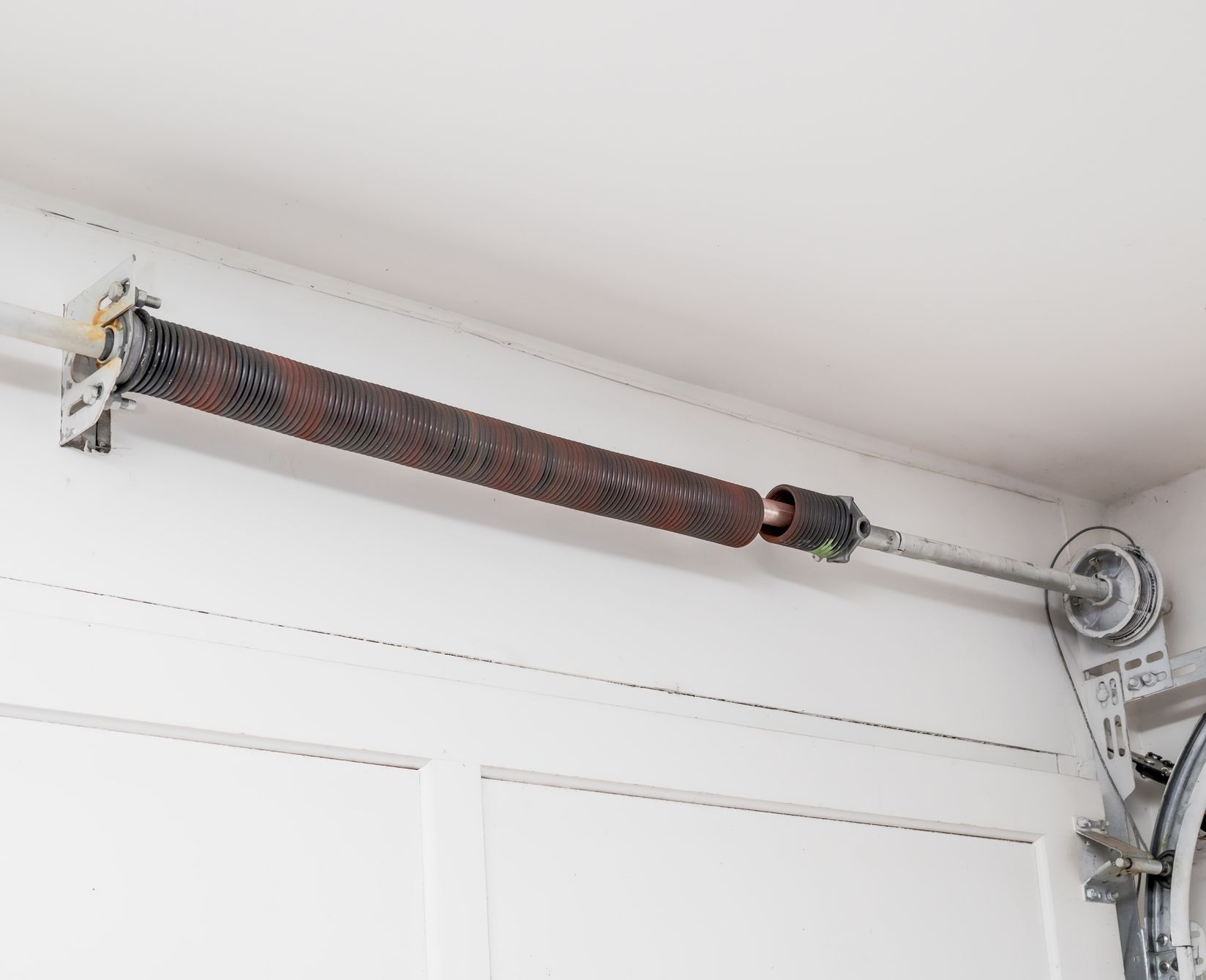
Torsion springs are wound tightly around a cylinder object, such as a shaft or pipe that sits in the tracks above the garage door. The shaft or pipe is attached to the garage door by a cable drum. The cable drum holds in place the cables that travel the length of the garage door. Each of these cables are attached to the bottom panel of the garage door.
When the garage door is either lifted or pulled, the torsion spring will start to wind or unwind. This action causes the cable and drum to move in such a way that the door is lifted or pulled closed.
A better, and easier, way to understand how torsion springs work is to think of things like this: the springs provide the force needed to open and close the garage door while the cables and the actual drum do all the actual "lifting" and closing of the door.
What are Extension Springs?
Extension springs are long extended coiled springs that are attached on both sides of the garage door. Each spring is attached to a cable. The cable runs the length of the garage door and is attached to a pulley system. When the garage door is opened or closed, the extension springs "extend" or lengthen which activates the pulley system.
Once activated, the pulley system works as a counterbalance to the weight of the garage door.
What is the Difference Between the Springs?
The biggest differences between torsion springs and extension springs are the number of parts used for each system and how the system operates.
Torsion spring systems have fewer parts. The fewer parts that are used for the system, the less likely you are to encounter a problem.
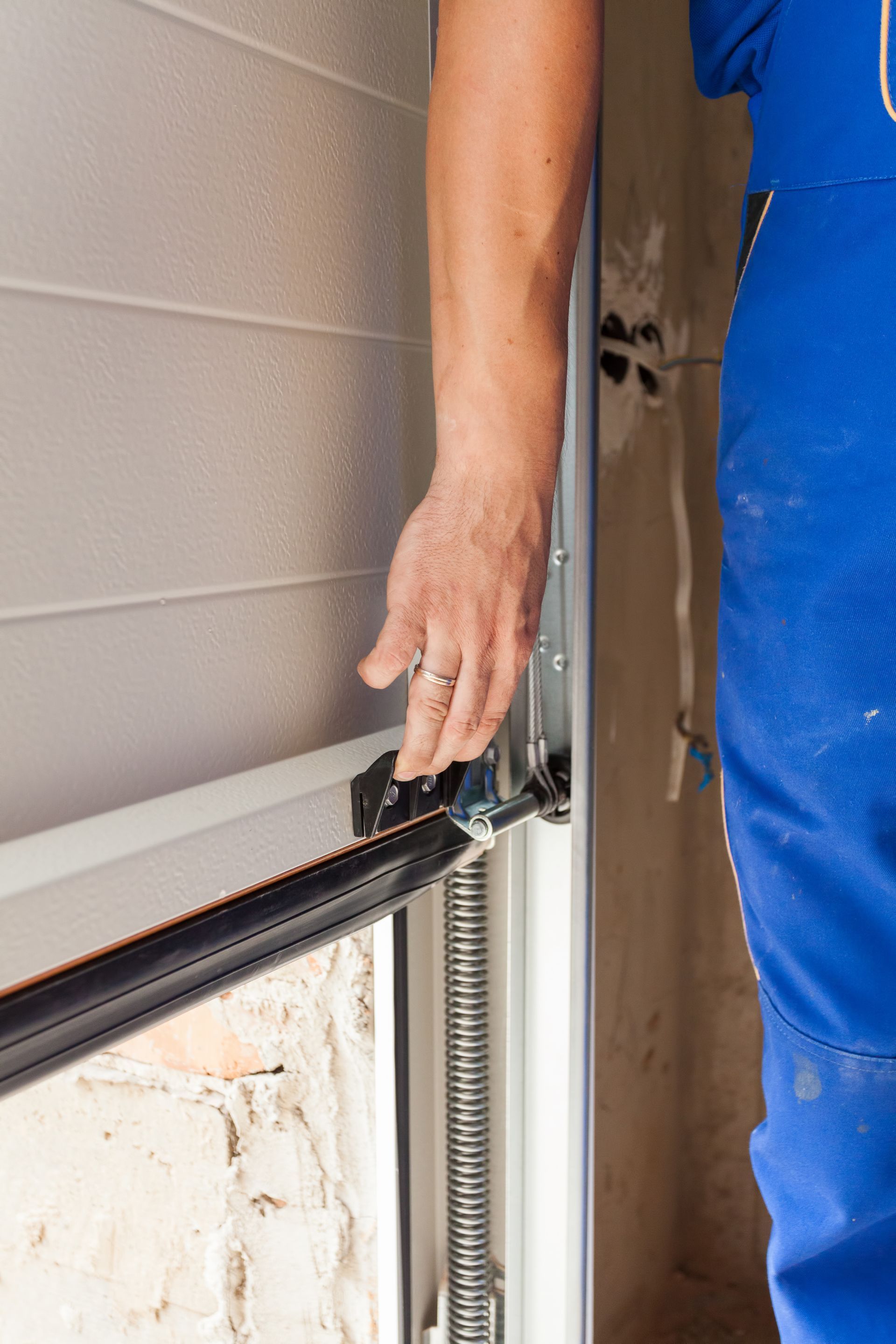
The other difference lies in how the springs operate. Torsion springs operate using a winding motion. They are designed to twist and turn with just enough force to help open or close the garage door. Extension springs, on the other hand, are designed in such a way that they need to extend or lengthen in order to open or close the garage door.
Which Spring is Better?
When it comes to comparing torsion springs vs. extension springs for which system is better, the torsion spring system is the clear winner.
Some of the reasons why torsion springs are better than extension springs include:
- Longer lasting - Extension springs often have an estimated lifespan of 10,000 cycles. That is approximately 7 years if you only open/close your door 4 times a day. While torsion springs are designed to last anywhere between 15,000 to 20,000 cycles. That lasts almost twice as long.
- Smoother opening and closing of the garage door - Extension springs can sometimes jerk or shake when in motion which causes the door to shift or move when opening or closing. The winding or unwinding action of the torsion springs allows the garage door to open or close smoothly.
- Fewer parts - Torsion spring systems use fewer parts which means less maintenance
- Extends the lifespan of the garage door opener system - Torsion springs provide better counterbalance which puts less strain on your garage door opener system. By reducing the amount of force and strain on your garage door opener system, the torsion springs can extend its lifespan.
- Safety - Torsion springs are safer. If a torsion spring breaks, the spring stays in place and remains in the track or shaft. When extension springs break, the spring snaps, and sharp parts can go flying across the garage. The garage door can also slam shut resulting in extensive damage and even injuring anyone who is nearby.
While torsion springs are almost always the better option, it might not always be possible to use such a system. Some situations when torsion springs might not be able to be used include:
- Low headroom - Torsion springs sit above the top of the garage. If you have a smaller or lower garage, there might not be enough room to put the torsion springs above the garage. In this case, extension springs, which extend into the garage, may need to be used.
- Unable to use a rear torsion spring - The design of the garage may prevent the placement of a rear torsion spring
- Cost - Torsion spring systems often cost more than extension springs.
Need help determining which type of garage door system to use? Give Uplift Garage a call. Our experienced technicians can help you explore your options and help you determine which garage door system is right for you.
Already have a garage door system in place, but thinking of upgrading to a newer torsion spring system? Give us a call. Our garage door technicians have experience in replacing extension spring systems with torsion spring systems. We look forward to helping you.
